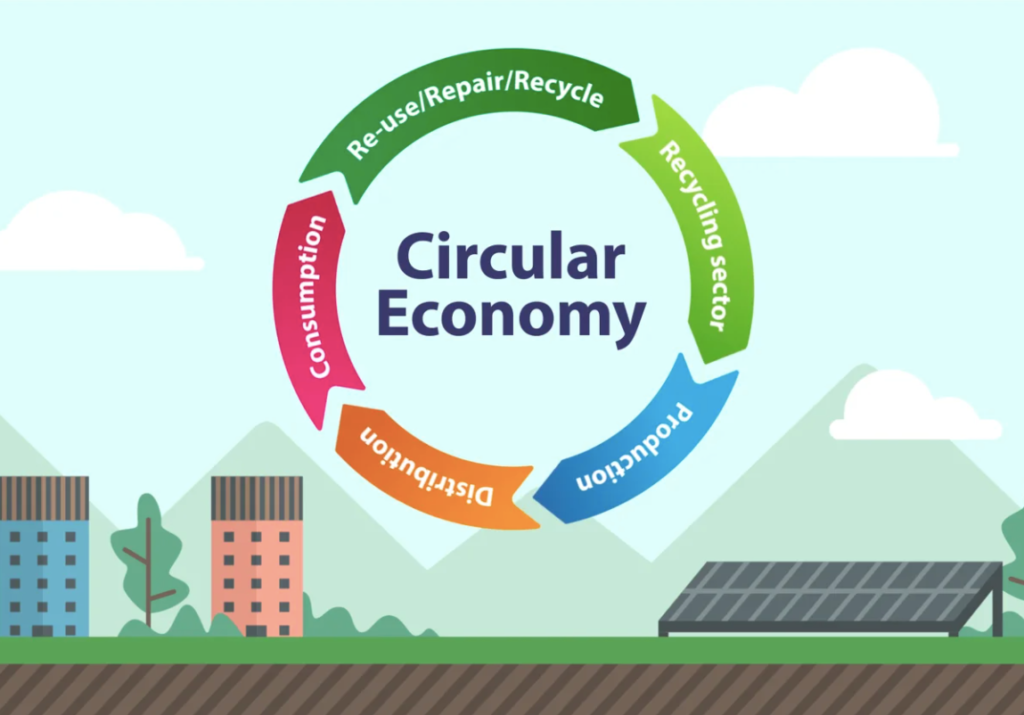
In a world that constantly evolves, embracing sustainable practices is imperative for a brighter future. One such paradigm shift gaining momentum is the adoption of Circular Economy Practices. Let’s delve into the intricacies of this eco-friendly approach that not only benefits the environment but also propels businesses toward a more sustainable and profitable path.
Understanding Circular Economy: A Paradigm of Sustainability
Circular Economy practices, often hailed as the future of sustainable development, prioritize the regenerative use of resources. Unlike the traditional linear model, which follows the ‘take, make, dispose’ approach, Circular Economy emphasizes reducing waste, reusing materials, and recycling in a continuous loop.
Redefining Consumption Patterns: A Circular Approach
In a world where fast-paced consumerism dominates, adopting circular consumption becomes paramount. This approach encourages consumers to invest in durable, repairable, and recyclable products, minimizing the environmental impact associated with disposable items.
Closing the Loop in Production: Sustainable Manufacturing
Circular Economy practices extend beyond consumer behavior to revolutionize production processes. Embracing sustainable materials, designing for longevity, and integrating recycling into manufacturing operations are pivotal steps toward creating a closed-loop system.
The Business Case for Circular Economy
Sustainability is not just a buzzword; it’s a strategic advantage for businesses. Circular Economy practices offer a myriad of benefits, ranging from cost savings to enhanced brand reputation.
Cost-Efficiency through Resource Optimization
By embracing Circular Economy principles, businesses can optimize resource use, leading to reduced raw material costs and waste disposal expenses. This not only boosts profitability but also ensures a more resilient supply chain.
Elevating Brand Image: A Sustainable Identity
In an era where consumers are increasingly eco-conscious, aligning your brand with Circular Economy practices can enhance its image. Building a reputation as a socially responsible entity contributes positively to customer loyalty and brand trust.

Transitioning to Circular Economy: Overcoming Challenges
While the benefits are evident, transitioning to Circular Economy practices poses challenges. Companies need to navigate logistical hurdles, invest in sustainable technologies, and foster a mindset shift across stakeholders.
Navigating Logistics: Overcoming Supply Chain Challenges
Implementing Circular Economy practices requires reconfiguring supply chains. Companies must strategize efficient collection, recycling, and distribution processes to ensure a seamless transition without disrupting operations.
Investing in Innovation: Embracing Sustainable Technologies
To thrive in a circular model, businesses must invest in innovative technologies that support sustainable production, waste reduction, and recycling. Embracing cutting-edge solutions is key to staying competitive in a rapidly evolving market.
Conclusion
Circular Economy practices are not just a trend but a necessity for a sustainable tomorrow. Embracing a circular approach benefits businesses, the environment, and society at large. As we stand at the brink of a transformative era, the choice is clear – join the Circular Economy revolution and pave the way for a greener, more prosperous future.

